THE FULL UNDERSTANDING OF PSYCHOLOGY INCLUDES THE STUDY OF ANIMAL BEHAVIOR THROUGH SYSTEMATIC OBSERVATION. THIS WEEK’S UPDATE EXAMINES 3 ARTICLES ON ANIMAL BEHAVIOR. CONSIDER HOW THESE ARTICLES CAN BE APPLIED TO THE WORLD AROUND YOU, AND MAY OFFER A PATHWAY TO A CAREER IN THE FIELD FOR THOSE INTERESTED IN WORKING WITH ANIMALS. ALSO, THE WEBSITE OF THE WEEK AND AUDIO STORIES OF THE WEEK FOCUS ON ANIMAL BEHAVIOR.
ARTICLE #1
TITLE
Brainless Jellyfish Demonstrate Learning Ability
Because box jellyfish are so distantly related to other animals, the research findings could hint at how the ability to learn first evolved.
DESCRIPTION
WOW! This is a fascinating article about “brainless jelly fish” and learning. “In the dappled sunlit waters of Caribbean mangrove forests, tiny box jellyfish bob in and out of the shade. Box jellies are distinguished from true jellyfish in part by their complex visual system — the grape-size predators have 24 eyes. But like other jellyfish, they are brainless, controlling their cube-shaped bodies with a distributed network of neurons. That network, it turns out, is more sophisticated than you might assume. On Friday, researchers published a report in the journal Current Biology indicating that the box jellyfish species Tripedalia cystophora have the ability to learn.” The article discusses a few clever experiments with the jellyfish that are fascinating and demonstrate the learning and behavior.
While some might think that such research is not relevant to our own lives, they would be inaccurate. The study of animal behavior at the simplest levels helps us understand how are nervous system develops ways to survive at every level. And for those who enjoy articles about animal behavior, consider this research as a career pathway.
SOURCE
New York Times, September 22, 2023, by Veronique Greenwood
LINK TO RESOURCE
https://www.nytimes.com/2023/09/22/science/jellyfish-learning-neurons.html?smid=em-share
(Tiny URL) https://tinyurl.com/bdf69fu4
=====================
ARTICLE #2
TITLE
Crows Are Even Smarter Than We Thought
Could they help us understand intelligent life on other worlds?
DESCRIPTION
Consider the expression “bird brain” and its meaning — usually low intelligence and few aptitudes and skills. However, research over the years has demonstrated that the expression is contrary to understanding the behavior of crows. “In a fascinating paper published last year in Science, a team led by Andreas Nieder of the University of Tübingen in Germany showed that crows—already known to be among the most intelligent of animals—are even more impressive than we knew. In fact, the evidence suggests that they are self-aware and, in an important sense, conscious. The corvid family of birds, which includes crows, ravens, jays and magpies, had been observed previously to use tools, as well as remember the faces of people they like or don’t like, or drop nuts on the road so that passing cars will crack them open.” The article discusses the crows’ brain, how neurons are packed in the tiny space, and speculate that the crows’ intelligence may be akin to some primates.
The article is well written and easy to understand. The crow is found in every back yard, so taking the time to observe the behavior will line up the student as a keen observer of what we take for granted.
SOURCE
Smithsonian Magazine, February 10, 2021, by Dirk Schulze-Makuch
LINK TO RESOURCE
https://www.smithsonianmag.com/air-space-magazine/crows-are-even-smarter-we-thought-180976970/
(Tiny URL) https://tinyurl.com/4je5xmdn
===============================
ARTICLE #3
TITLE
Why Chimps and Gorillas Form Rainforest Friendships
In a Congolese national park, great apes of different species interact socially, with individuals clearly recognizing one another.
DESCRIPTION
Researchers of animal behavior found this to be an especially wonderful opportunity to study the social interactions between primate species that does not often occur. “In the misty forests of the Congolese rainforest, a small band of apes fed in a tree. Adult chimpanzees dined on fruit in the canopy, while a pair of young apes played nearby. But one of the playing apes was not a chimpanzee: It was a gorilla. “Most of what we’d been told about the interactions between these two species is that they’d be competitive or they would avoid each other,” said Crickette Sanz, an anthropologist at Washington University in St. Louis who witnessed such a scene for the first time in 2000. But over two decades of observations at Nouabalé-Ndoki National Park in the Republic of Congo, she and her colleagues recorded yearslong relationships and other forms of social interactions between individual chimpanzees and gorillas. Their research was published last month in iScience.” Reading the article shows how important research in Psychology can be conducted by simple systematic observation. The article highlights the results of the observations between chimps and gorillas that have been studied over many years. The authors believe that studies such as this will help us come to an understanding of how humans socially interact in both competition and cooperation with each other and along with other species.
This is a fascinating article and will be “enjoyed” by those students who really have an interest in the subfield of Psychology: Animal Behavior!
SOURCE
New York Times, October 11, 2023, By Asher Elbein
LINK TO RESOURCE
https://www.nytimes.com/2022/10/11/science/gorillas-chimps-friends.html?smid=em-share
(Tiny URL) https://tinyurl.com/22ay5ven
===========================
CLASS DISCUSSION QUESTIONS:
•In general, why does modern Psychology study animal behavior?
•How do these studies add to our knowledge of Psychology in areas of sensation and perception, animal learning, cognition and intelligence?
•What are some of the practical reasons to study animal behavior?
•How is the scientific method of systematic observation applied to animal studies? If possible, can you explain how the methods might differ from studies with humans in the complexities of setting up the studies and especially in the interpretation of the results.
•What can be learned by studying animals? Can the data from animal studies be generalized to humans?


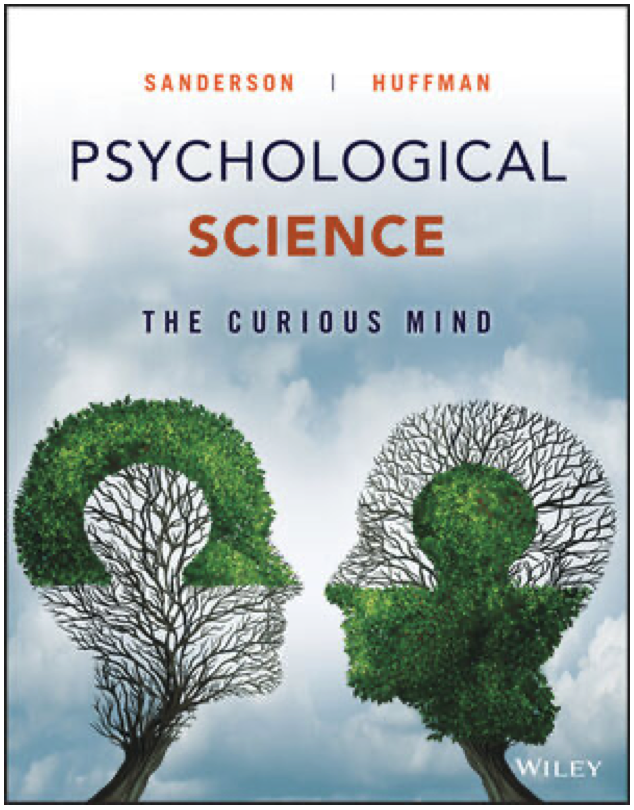
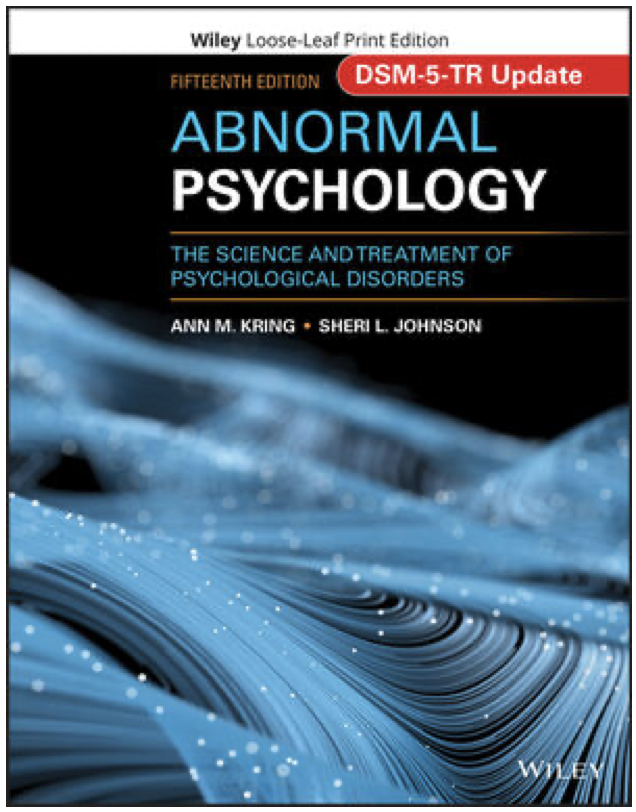
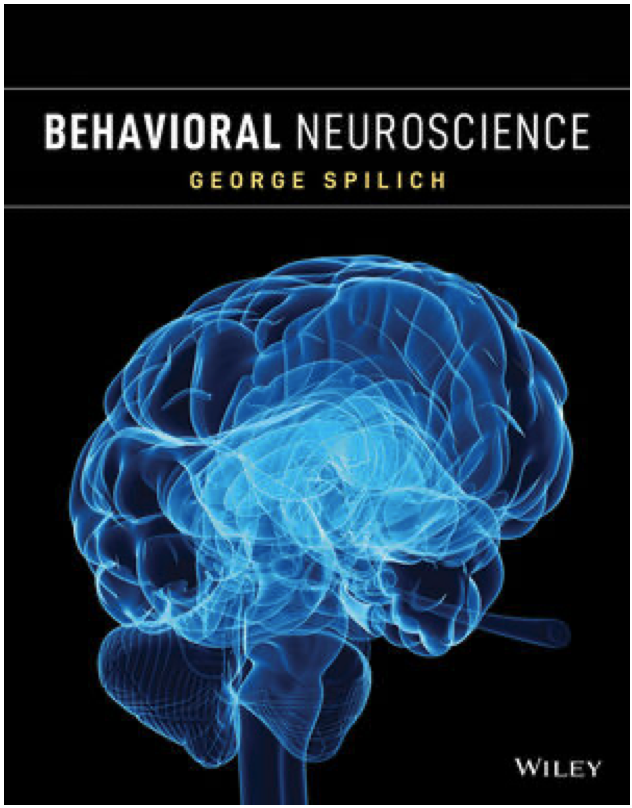
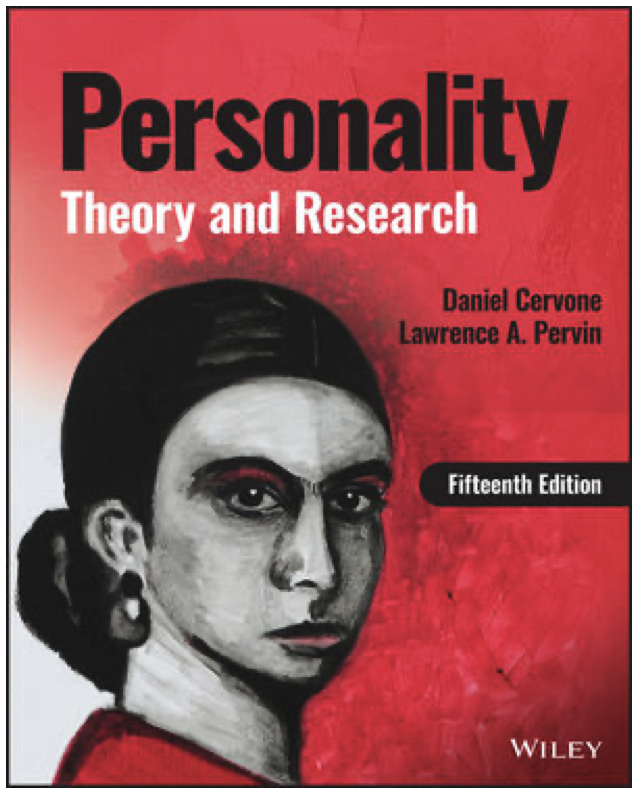
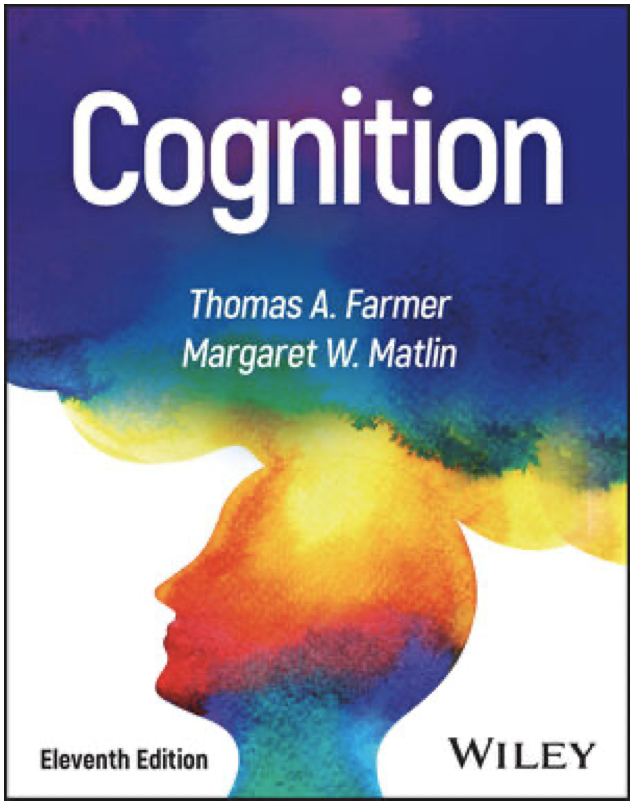
Leave a Reply